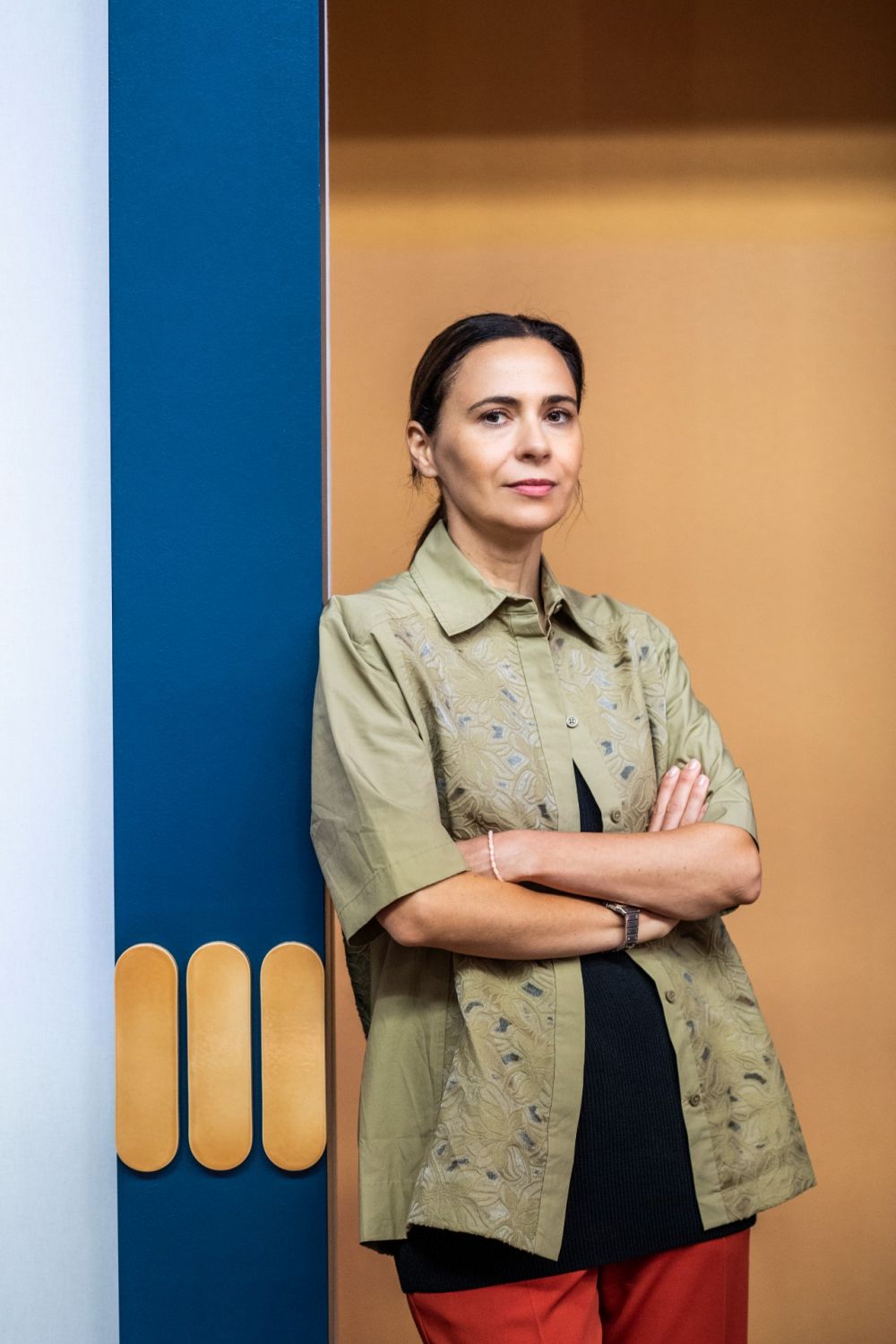Cristina Celestino believes in the power of compelling narratives, creating inspiring stories for the spaces and furniture that she designs
Milan’s sunny yellow trams are ubiquitous in the city, bringing both a sense of nostalgia and a pop of colour to its modern streets. For Italian designer Cristina Celestino, the opportunity to transform a historical tram from the 1920s into a roving salon was a real treat—the light-rail vehicle became a sumptuous space dressed in collections from Venetian fabric house Rubelli during Milan Design Week in 2018.
This rosy-hued tram is emblematic of her creative approach, which is at once romantic and playful with its harmonious mix of the old and the new. “Tram Corallo was inspired by the theme of the journey as an experience with dreamy and surreal overtones,” recalls Celestino, who considers it one of her favourite projects to date.
Don't miss: How a Friendship Started Antonio Citterio’s 50 Years of Collaboration With Flexform

The designer’s recent work continues her goal of creating beautiful narratives. Named the Designer of the Year at the recent September edition of Maison & Objet (M&O) in Paris, her Palais Exotique installation at the fair comprised vibrant spaces decked in a selection of Dedar fabrics; the space also functioned as a tearoom and restaurant. Here, we gather insights into her creative process and how it shapes the projects that Celestino works on with Attico Design, her Milan-based studio.
In case you missed it: 11 Furniture and Decor Pieces Inspired by the Metaverse






